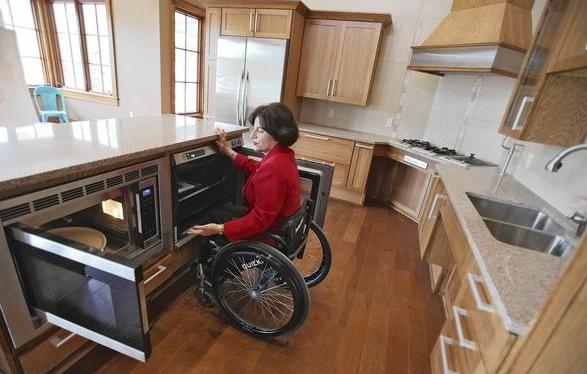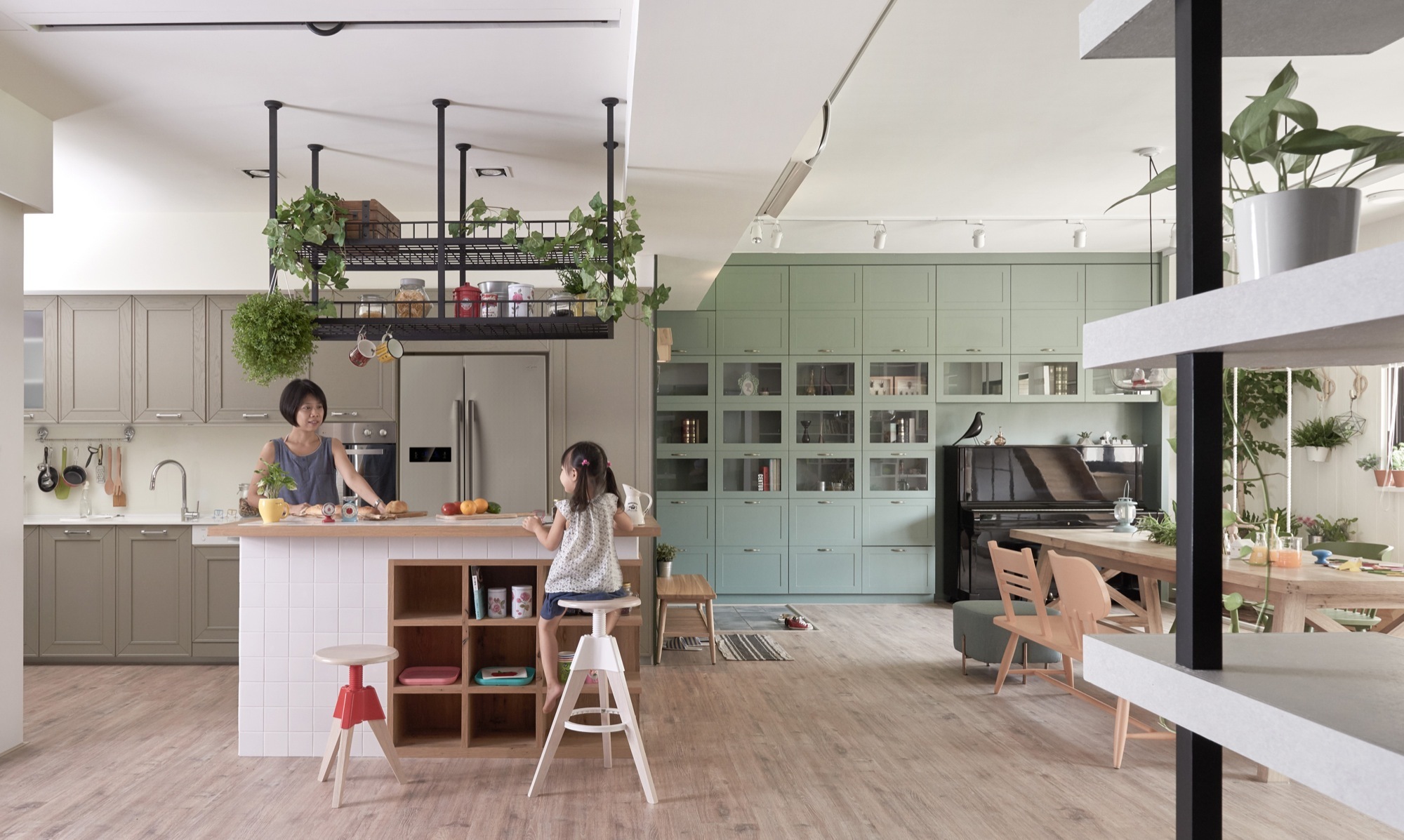Inclusive design is a fundamental principle that emphasizes creating environments, products, and systems that are accessible to people of all abilities. When it comes to architectural design, inclusive design principles are essential in ensuring that homes are welcoming, functional, and safe for individuals with diverse physical, sensory, and cognitive abilities. By integrating universal design features, architects and builders can play a crucial role in creating homes that are accessible and accommodating to all residents, regardless of age or ability.
Zero-Step Entries and Level Access:
Providing zero-step entries and level access at the main entrance and throughout the home supports individuals with mobility challenges, including those who use wheelchairs, walkers, or other mobility aids. Eliminating steps or uneven thresholds facilitates safe and easy entry and movement within the home.

Wide Doorways and Hallways:
Designing wider doorways and hallways allows for easy and unobstructed movement for individuals using mobility devices. This feature enhances accessibility and maneuverability throughout the home, promoting independence and inclusivity.
Accessible Kitchens and Bathrooms:
A key aspect of inclusive design in homes involves creating accessible kitchens and bathrooms. This includes features such as adjustable countertop heights, lever-style handles, roll-under sinks, and grab bars, ensuring that these spaces are functional and safe for all users.
Universal Design Fixtures and Features:
Integrating universal design fixtures and features, such as lever door handles, rocker light switches, and easy-to-reach outlets, contributes to an inclusive and user-friendly environment, accommodating individuals with diverse abilities and needs.
Ergonomic and Multifunctional Design:
Incorporating ergonomic design solutions and multifunctional spaces within the home supports individuals with varying physical abilities. This includes features such as adjustable shelving, pull-out drawers, and flexible furniture arrangements that cater to different user requirements.
Visual and Tactile Wayfinding:
Implementing visual and tactile cues, such as contrast colors for visual clarity and tactile indicators for orientation, assists individuals with visual, cognitive, or sensory impairments in navigating and understanding the built environment.
Sensory Considerations:
Creating homes that are sensitive to sensory needs involves incorporating features such as adjustable lighting, acoustical treatments, and materials that are non-reflective, non-slip, and tactile-sensitive, offering a comfortable and sensory-friendly living environment.
Smart Home Technologies:
Leveraging smart home technologies and assistive devices enhances the accessibility and usability of homes for individuals with disabilities. This may include systems for automated lighting, climate control, and smart home interfaces that cater to a diverse range of user abilities.
Conclusion
In conclusion, inclusive design principles play a crucial role in ensuring that homes are accessible and accommodating to individuals of all abilities. By embracing universal design features, architects, builders, and homeowners can create welcoming and functional living spaces that promote independence, safety, and inclusion for all residents. Whether for individuals with permanent disabilities, aging adults, or families with small children, the incorporation of inclusive design in homes is instrumental in fostering a supportive, accessible, and barrier-free living environment.
